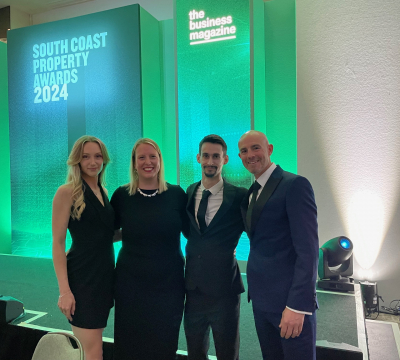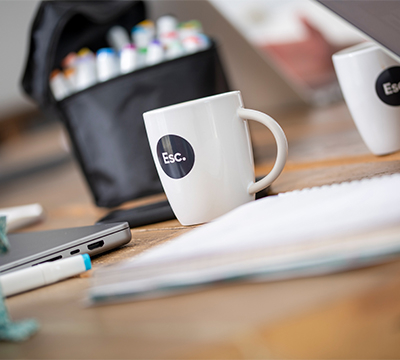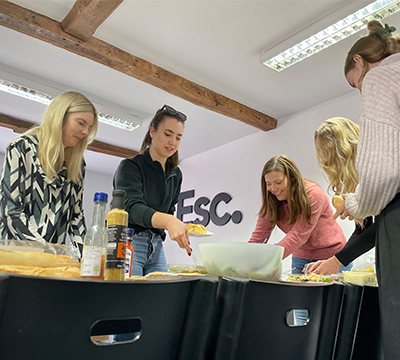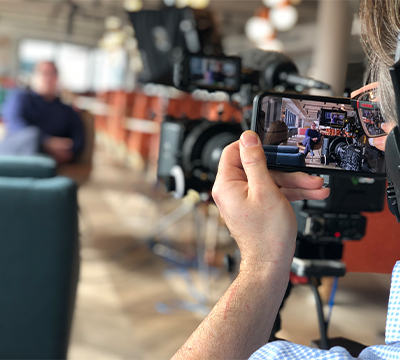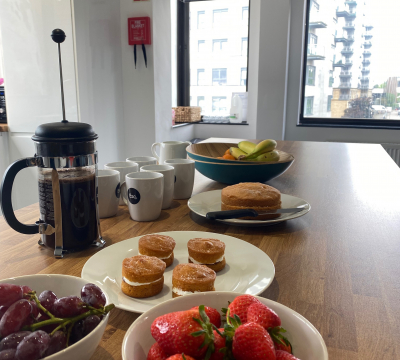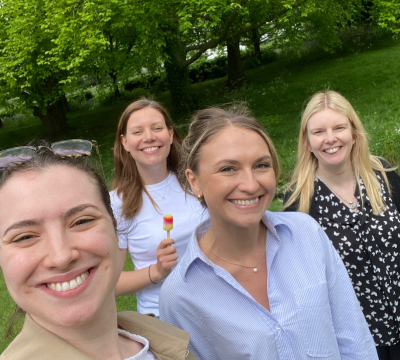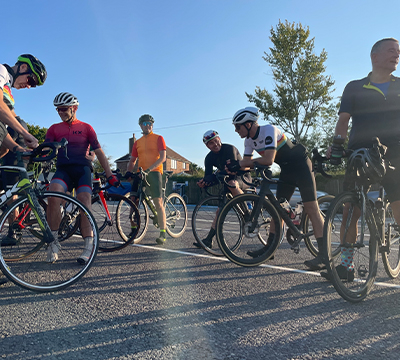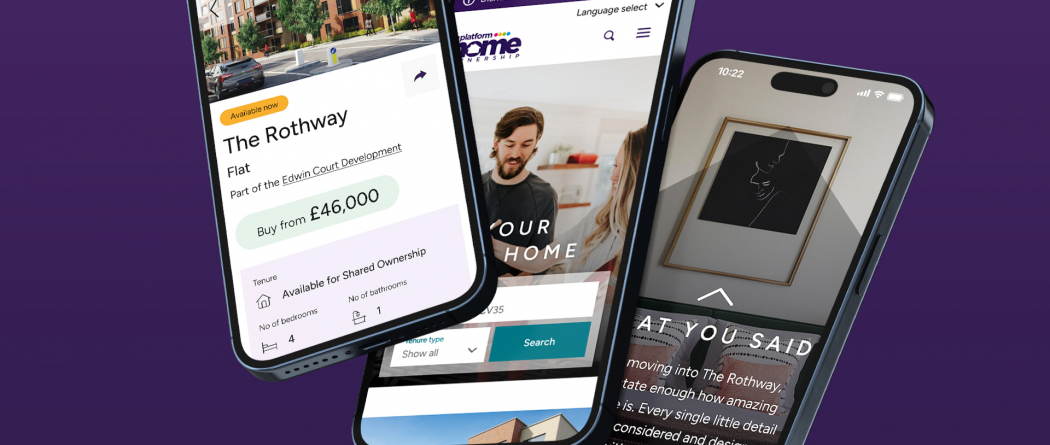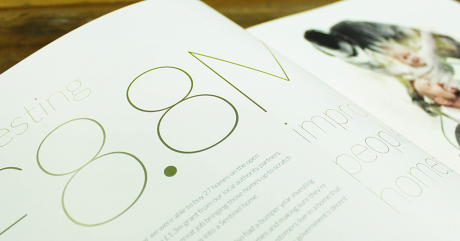
Insights The role of audience mapping
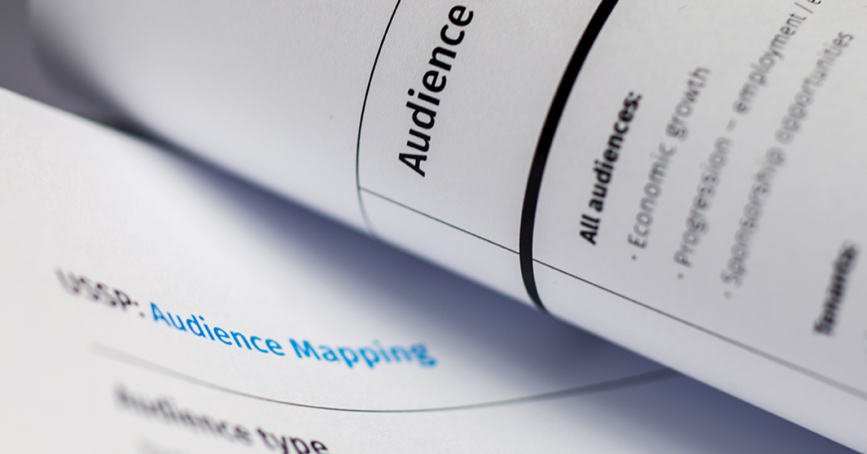
Defining your audience and maximising customer connectivity
I was listening to Chris Evans on the Virgin Breakfast Show the other morning and he referenced the three most important things in business:
relationships, relationships and relationships.
It seems so obvious, really. Know your customer, look after them well, and the rest (if you do it right) should follow.
But, all too often, this theory doesn’t translate into practice. Something somewhere breaks down. That can sometimes be existing relationships if they are not well-fostered, but frequently it comes down to just not knowing your audience well enough – or at all – which, in turn, restricts your ability to connect with them and build a relationship in the first place.
One naturally follows the other.
Fostering the relationship
The purpose of this piece is not to preach the what, how and why of relationship building, but before I delve into how we approach audience definition and why it’s important, I felt it right to briefly touch on the role of the existing relationship.
Much of our retained business is based on relationships. A number of our clients have been with us for many years; even through multiple career and company moves we’ve been fortunate enough to move on with them. Why? Because we deliver quality and value through the work we do (obviously!), but also because we have invested time and energy and got to know our customers as people. We’ve understood and developed a personal relationship. We’ve made it human, not transactional. We've worked hard to move from being partners into…well...‘friends’.
And we’ve done this by having their back, getting to know their interests, asking after the family, sending them a birthday card. Even something as simple as personalising the meeting room and buying in their favourite biscuits when we know they are coming to see us.
For us, those little personal touches are what make relationships deeper and more valuable.
Audience definition – a primary pillar of the discovery process
A foundation of our discovery process – whether to define a brand, develop a strategy or build a digital experience – has always been audience definition.
This is the process of defining the key audiences for the challenge (or challenges) we are working to solve, then putting them at the heart of everything we do.
It forms a central pillar of our discovery journey with clients and what continually surprises us is how enlightening it can be – not only for us but, more importantly, our clients.
Going through this process so often shines a light on how infrequently some clients have defined their audience landscape or spent any time familiarising themselves with it.
And this is not a criticism. Business owners, Marketing teams, Business Development Managers – the people that are commonly customer-facing – have busy lives. They ‘should’ rely on an agency such as The Escape to help guide them through the audience definition process.
It’s rare that we hold a session where the feedback doesn’t yield comments such as “This was a really positive exercise and one we should be doing far more often”. And we get as much satisfaction out of helping to open the eyes of our clients as we do gathering the information we need to do our work effectively.
The benefits of audience definition
As an agency, we always start with ‘why’.
So, ‘why’ define your audiences? Well, defining your audience has multiple benefits from a number of perspectives. The value it can bring is vast, enabling you to...
- Understand who your brand is really there for
- Define why your audiences should care about you
- Understand the messages required to engage each audience
- Understand what your audiences want from you as a brand
- Clarify your own objectives for each audience
- Understand the channel and content required to engage and convert
- Prioritise marketing spend in the right areas that will offer a higher ROI
- Challenge for and gain market share
- Create loyalty and advocacy with your audiences
- Be better than the competition
- Inform and guide strategic and tactical decision making
- Align and inspire your team so they are more audience-focused and effective in their work!
The insight gathered from knowing your audience – as you can see from the bullets above – can be pretty potent stuff. It’s taking this insight, using it effectively and maximising opportunity which can be the difference between hitting and missing revenue and engagement opportunities, as well as how your brand builds loyalty and advocacy over time.
The process of audience mapping
We have a tried and tested formula for audience definition. It’s not exactly rocket science and I’m sure many agencies use a similar approach, but it's one we have always found reliable, insightful and, best of all, purposeful.
I’ve mentioned this already, but our clients love the insight it provides. I’d go as far as to say we’ve seen genuine excitement as we’ve worked through the process. That ability to lift the lid and offer some clarity through a structured process...it can be like a light bulb being switched on.
Sessions vary from a couple of hours to an entire day. The bigger the scope of the audience, the more there is to explore and extract. And that's a valid point worth addressing – an audience mapping session can and will work for whatever audience-oriented challenge you face. Be it a company, brand, product, service, website, even a specific event…the journey can help inform and guide numerous strategic and tactical decisions.
So, what is it and how do we do it?
Audience mapping is a five and a half step process (“half?” I hear you question...more on that shortly).
We prefer doing it face-to-face with a client team in an office or meeting room, but you can also run them virtually using online collaboration tools such as Miro, which is our favoured platform.
For face-to-face sessions, we like a nice big wall that you can take over. Sessions have no specific limit in numbers that can take part, but we recommend a group of 2-10 attendees, depending on how many stakeholders or team members with useful insight you have available to you.
We divide the wall up into five columns and arm ourselves with a hefty dose of post-it notes and a box of sharpies. The columns follow this left-to-right formula, with only the fifth column varying depending on the nature of the audience mapping session:
- Audience types, then ranked by importance (that's the half step!)
- Audience roles
- Audience objectives by type/role
- Your objectives by audience/role
- Company, brand, product, service engagement channel and content / website content / event engagement/content etc.
The final column is the one that is open to change; this will be very dependent on the objective you have. Normally, we would discuss this with you ahead of your session to ensure that we tackle the most relevant engagement and audience connection-based channel and content.
Step 1 – Audience types ranked by importance
We start by opening up the floor to attendees to get all possible audience types out on a post-it and onto the wall. This can start fairly scatter-gun in nature, ranging from the obvious to the less obvious. It often needs a little sideways thinking as there are often audience types that are easy to forget, but still have a place in your company/brand/service/product ecosystem. This is often where the involvement of an agency like us helps as we are less close to the subject at hand.
After exhausting all the audience types and filling a chunk of a wall, the next challenge – the half step – is to prioritise them in order of importance, if you can. Sometimes this is really easy to do, sometimes less so, or less relevant, but usually you can identify a number of audience types that are more important and require a greater degree of attention and focus. We typically create tiers; there's no limit to how many you can have, but 2-6 is fairy typical. This just helps create additional focus. You can still prioritise within a tier if it helps.
Step 2 – Audience roles
Once you have identified your audience and ranked them, the next column to focus on is the individual role/s of the people within that audience. This can vary hugely depending on your subject matter; typically it could be anyone from the CEO to the cleaner.
This is often focused on decision-makers and influencers, for obvious reasons. The objective is to identify who they are so that, when it comes to strategy and content, you can use the right tools to engage with the right people. It’s all about the right message at the right time!
Work back from the top tier down, identifying any specific roles that exist in each audience group. Reflect on existing key contacts to help shape your thinking around the roles you engage with regularly and any less expected influencers that could play a part in helping to create future opportunities.
Typically, you identify roles for all tiers and audience types, but if time is short for whatever reason, then focus on the ones that you feel will be in the best position to help you deliver your business objective/s.
Step 3 – Audience objectives by type/role
So, you know your audience and you’ve identified the roles within them. The next challenge is to define the objectives that each audience has.
Ask yourself why they would be interested in you, what they are looking for, why they need it, what problem or challenge they are looking to you to solve for them and what information they might need to help their decision-making process.
Work your way through each audience and get that wall filled up. The more you know about them or the more objectives you identify, the easier it is to create a plan that comprises the solutions they need and which you can provide. You will likely find you get to a point where cross-over is inevitable. You can often apply the same objectives to multiple audience types.
This step in the process can also identify knowledge gaps. If you are unclear on your audience objectives (or not as clear or defined as you feel you should be), take the opportunity to get a client or customer involved with whom you have a good relationship, and harness their insight. Either invite them along to another session, or give them a call and ask them objective-based questions. It can prove to be hugely valuable. The client/customer will feel respected and valued by you showing you trust their wisdom and welcome their insight. This only helps to build a stronger relationship with them as well as using the opportunity to gather the information you need to build similar relationships with like-minded people.
Step 4 – Your objectives by audience/role
Understanding the client/customer objectives is one thing, but you also need to fully understand what you want from them in return. It has to be a two-way relationship, and defining your wants and needs will help shape your engagement strategy and call to action.
Objectives can be related to sales, loyalty and content, too, such as testimonials or case studies. It can also be reputational. Sometimes having a specific client or customer can make all the difference in the credibility of your business, and help deliver the next big name to help you achieve further growth…if growth is indeed your objective!
Understanding your objectives can also help solidify your internal strategy and team structure. Do you need more team members to help deliver a certain product or service? Do you need to focus sales in a particular direction to maximise revenue and opportunity?
Audience mapping is a simple yet clever way to enable you to see multiple aspects of your business in a clearer, more succinct way.
Step 5 – Channel / Content / Interactions
The final column (and section of wall!) of your audience map is for defining the channels, content or brand interactions that will help deliver on your audience’s and your own objectives.
The exact title of this column will depend on your overall project. It can be tailored to suit a new brand, rebrand, website, event – even a specific social or paid strategy.
The objective here is to map out all the interactions, experiences and content required to help you deliver. It provides the basis for a wider scope of work, a marketing or communications strategy or a content plan for a paid, social or website project.
Mapping content against objectives really helps you to define the roadmap that's required, the volume of work involved, the resource needed and the relative budget that may be required to help deliver it.
Step 5 brings a close to the session and, usually, ends with a mildly weary but engaged team of workshop attendees, excited about what they have achieved.
The audience map
The next step is to transfer your ‘wall’ into a more practical and usable format going forwards.
We tend to photograph the wall for prosperity (and in case any digital files corrupt for any random reason!), and type up each column into a Google or Word doc.
We then book this into our studio and make it look pretty, not just because we are creative people and care about presentation, but also so we can produce a document that is easy for anyone who uses it to understand the content and be able to track and trace across to see the relationships between audiences, objectives and content.
Lastly, it also starts life as the go-to resource for your content plan which, in turn, guides resourcing and budget investment.
Do it yourself or work with experts?
As I said at the very outset, audience definition and mapping is not rocket science. You can take the process outlined here and run them successfully yourself with a decent sized wall, some post-its and a box of sharpies.
And we would recommend you do so…regularly. Having a check in every six to 12 months – or more depending on your challenge – is a good health check. It keeps you sharp and objective-oriented. It's also very helpful for any new team members to get up to speed, understand your audiences and feel part of the team.
So, why use an agency like The Escape?
Well, all too often organisations can be so close to the challenge, business, brand – whatever it happens to be – that clarity and objectivity can get lost in the detail.
An agency like us is an outsider looking in. We can challenge you with questions you might not ask yourselves. We can play devil's advocate; we can challenge your thinking and identify audiences and/or opportunities you may not have thought of.
We can also pair our strategic and creative minds with your business knowledge and help guide you in directions that internally would never have been achievable. That's not to say you're neither creative or strategic, it's just that as an outsider, we can approach your business from a different perspective.
As a partner, we can also help keep you on the right track after the audience mapping stage. We’ve often experienced the abyss that appears after everyone leaves the room. The great intentions that start to dwindle. It happens. That's a busy business life. We get it. But we can offer strategies and support that keep you on track, accountable and performance-oriented.
Here for you
Whether you’re giving it a go yourself and would welcome some advice, or are looking for some stronger guidance and support, we’re here for you.
We offer audience mapping as a consultancy service, so if you require an external moderator to walk you through the process and keep you on track then we would welcome the opportunity to help you achieve your audience definition goals.
Likewise, it forms a foundational aspect of all our projects as our work follows the audience-first approach that we believe is key.
Speak to a member of our team to find out how we can help you put your audience at the forefront of your business, brand, product or service.
Share insight
Let's talk
- Call us +44 (0) 1256 334567
If you would like to find out more about how we can help you connect strategically, creatively or digitally, then call us or get in touch. We’d love to hear from you.

